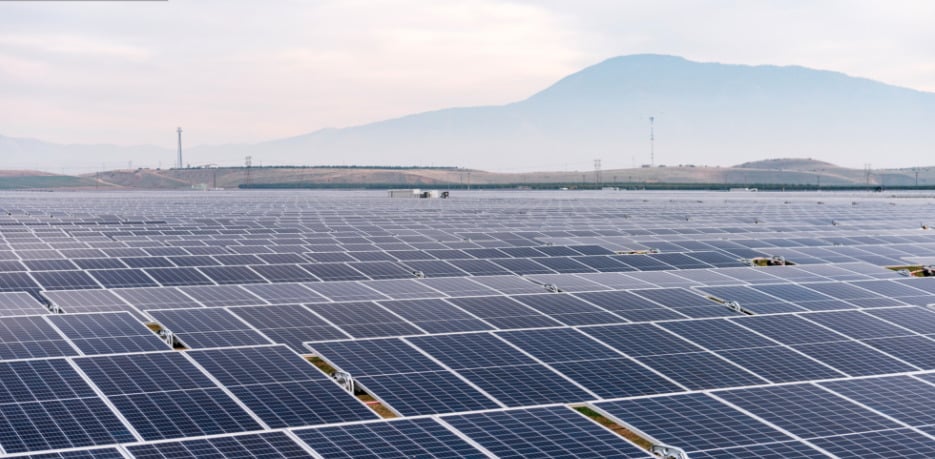
The US has overtaken India in EY’s latest Renewable energy country attractiveness index (RECAI), despite the US imposition of a 30% tariff on imports of cells and modules earlier this year.
The American market resiliently climbed from third to second place in the index, since the solar tariffs are mostly absorbed and wind projects are not subject to subsidy cuts under the recently passed US tax reform bill, said EY.
Try Premium for just $1
- Full premium access for the first month at only $1
- Converts to an annual rate after 30 days unless cancelled
- Cancel anytime during the trial period
Premium Benefits
- Expert industry analysis and interviews
- Digital access to PV Tech Power journal
- Exclusive event discounts
Or get the full Premium subscription right away
Or continue reading this article for free
India’s attractiveness has itself been hampered by the looming threat of Safeguard Duties on imports, which could be set as high as a recommended 70%. Investors are also concerned by low prices in Indian procurement. This also helped Germany overtake India to reach third place in EY’s RECAI.
For the third time in a row, China topped the index. Other significant changes included the UK and the Netherlands climbing to seventh and ninth respectively, while Taiwan has re-entered the top 40 ranking. Despite a large fall in renewables investment in 2017, the UK saw its market adapting to subsidy-free solar PV, onshore wind projects and moves to repower old wind farms, while the Netherlands had recent offers for unsubsidized offshore wind and has a growing solar PV market.
EY also noted the rising trend of oil and gas companies making significant investments in low-carbon energy, but added: “the pace of transition among oil majors remains uncertain.”
The report furhter highlighted a trend of rising protectionism in the renewable energy industry, citing the US and India as key examples.
Ben Warren, EY Global Power & Utilities corporate finance leader and RECAI chief editor, said: “Rising interest rates are likely to increase the cost of cheap capital that has underwritten the dramatic roll-out of renewable energy capacity over recent years. Government subsidies for clean power are being reduced around the world and financiers are anticipating tougher times ahead for project developers. However, movements in the Index suggest that these developments are just headwinds as the renewable energy sector continues to mature and markets expand.”
PV Tech recently analysed how these rising interest rates could expose the Indian solar sector.
Warren added: “While the current economic climate has driven a relentless focus on costs, that focus is paying dividends with the global cost of electricity from renewable sources falling year-on-year. Combined with the plunging cost of battery technology, we anticipate further rapid growth of the evolving renewable energy sector in the coming years.”






